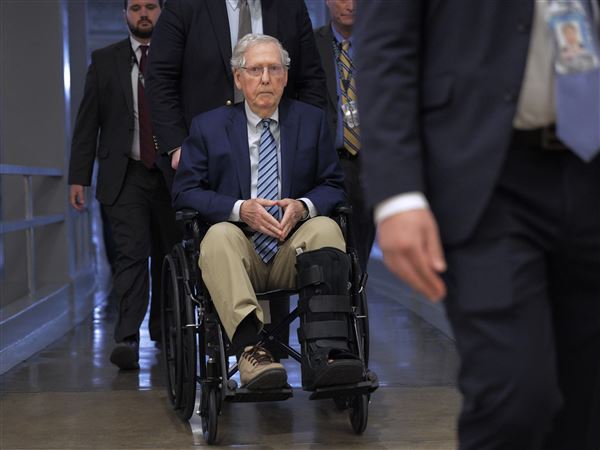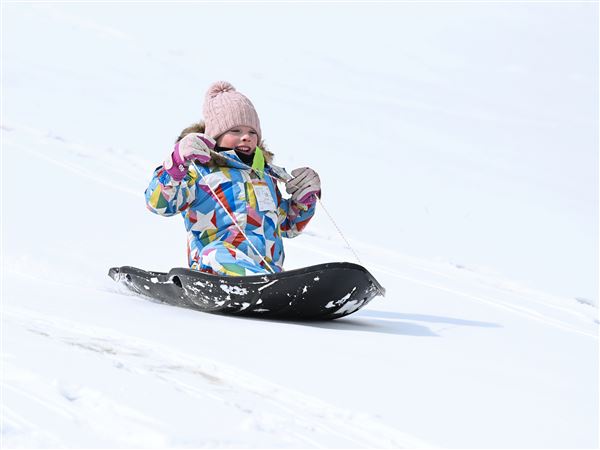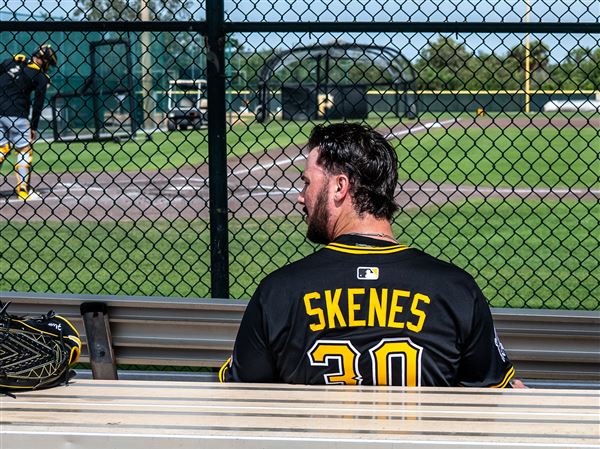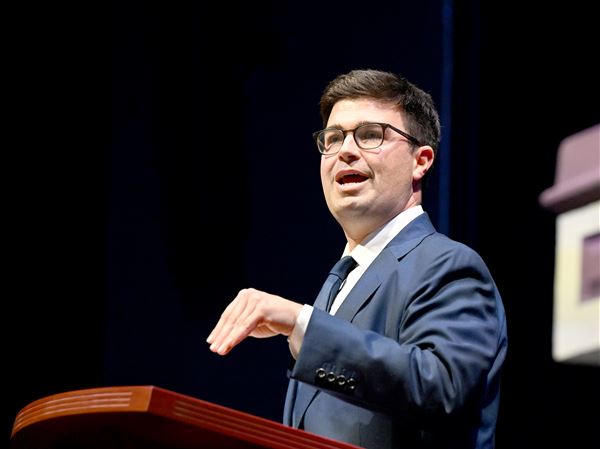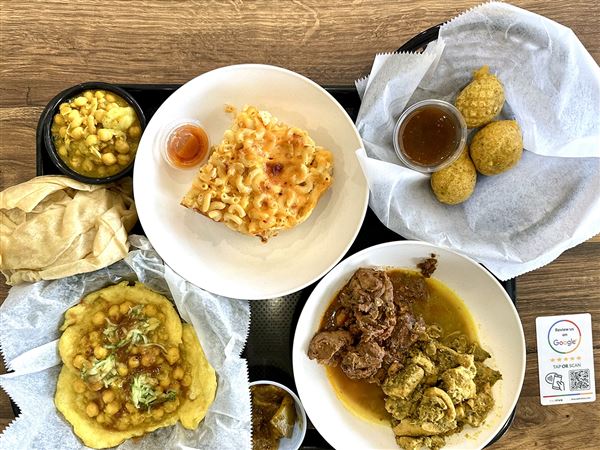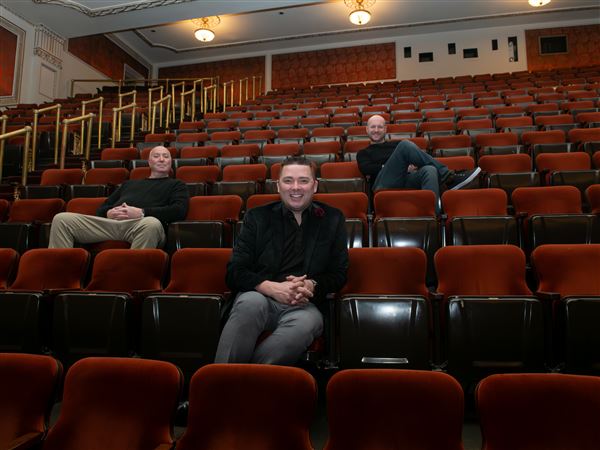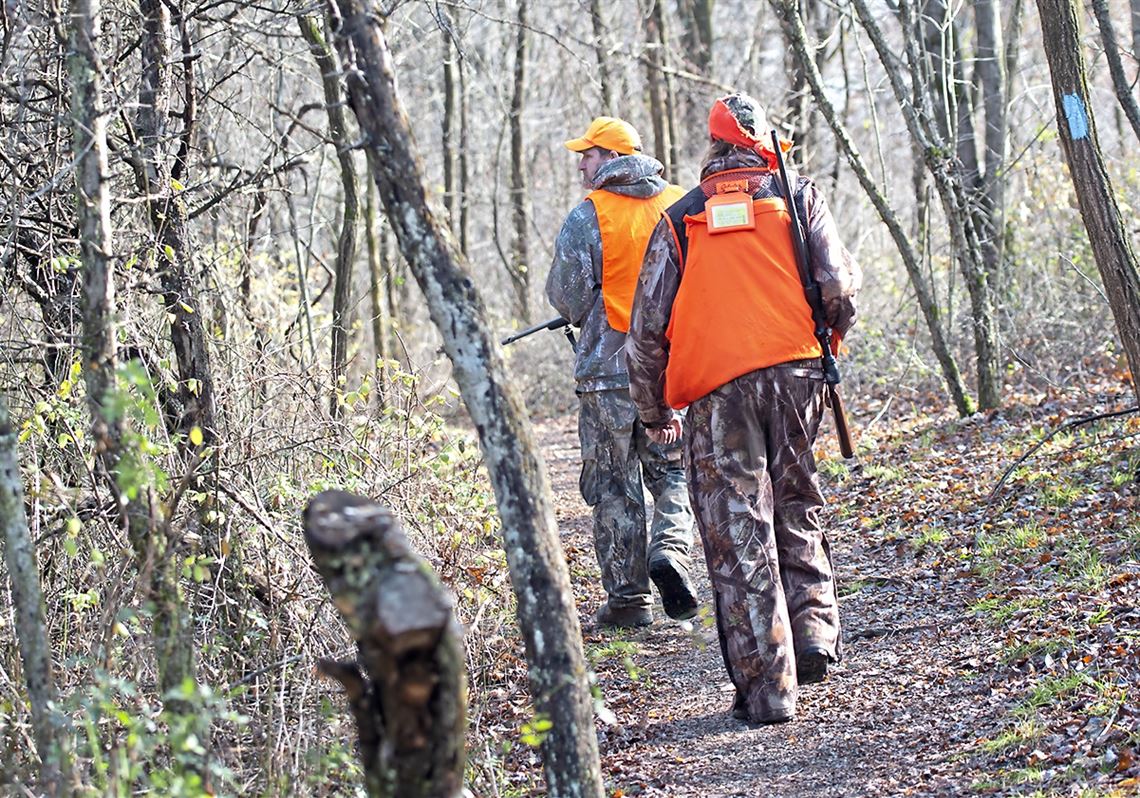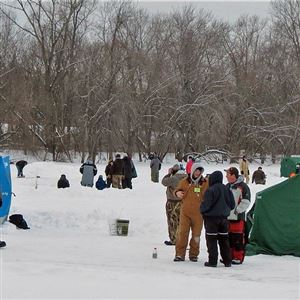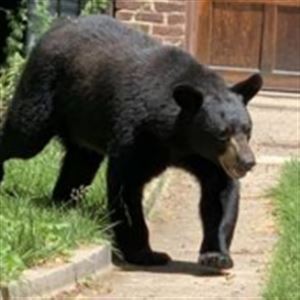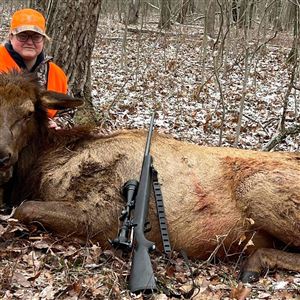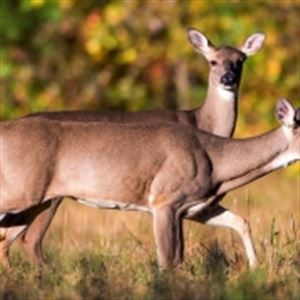In 2020, southwestern Pennsylvania’s 143,000 hunters spent $112.7 million on supplies and trip expenses, adding $201 million to the state’s economy. Their spending contributed more than $11.5 million in state and local taxes.
The economic value of all recreational hunting in Pennsylvania exceeded $1.8 billion, according to a nationwide economic report on hunting, sport shooting and trapping released Friday. The research is unique because it compiles nationwide data at the state and legislative district level and presents it in a single report.
The research was funded by the U.S. Fish and Wildlife Service for Sportsmen’s Alliance, a nonprofit lobbying coalition that supports the interests of hunters, anglers, trappers and recreational shooters. While the group is known for its advocacy, it also conducts research and supports education programs, Evan Heusinkveld, president and CEO, said in a statement.
“This economic impact study makes it easy for sportsmen to educate friends, family and legislators on the importance of hunters and sport shooters to our national, state and local economies, as well as conservation funding at the state and federal level,” said Heusinkveld.
The report is more than a leisurely look at the outdoor lifestyle. Titled “The Economic Impact of Hunting and Target Shooting,” its 67 pages are mostly filled with economics tables tracking the spending of sportsmen and women and following the money’s impact through communities and state and local governments. It was researched and compiled by Southwick Associates, a market research and economics firm specializing in markets for hunting, shooting, sportfishing and outdoor recreation.
“The economic impact of hunting and sport shooting to local, state and the federal economy cannot be overstated,” said Rob Southwick, president of Southwick Associates. “If hunting and shooting were a company, the jobs it supports would place it as the third largest private-sector employer, and $65 billion, the retail sales it generates, would place it at 52nd on the Fortune 500 list.”
Nationwide, hunting and target shooting generated more than $65 billion in combined retail sales and contributed $149 billion to the U.S. economy, the report shows. Spending by hunters and shooters supported nearly 970,000 jobs, creating over $45 billion in wages and income. The report pulls up hunting and shooting data at the national and state levels and details the value contributed to each of 435 U.S. congressional districts.
In 2020, the first year of COVID-19 layoffs and a year after Gov. Tom Wolf approved three days of Sunday hunting per year, hunting participation increased in the state. Pennsylvania’s 780,000 hunters spent nearly 18.38 million days afield, more than every state except Texas and New York. Some 861,000 recreational rifle, shotgun, handgun and black powder shooters spent 17 million days on Pennsylvania ranges and invested more than $1 billion in their hobby.
Southwestern Pennsylvania has a strong hunting tradition. In congressional districts represented by Conor Lamb, D-Mt. Lebanon, Michael Doyle, D-Forest Hills, and Guy Reschenthaler, R-Peters, recreational hunters contributed a combined $312 million to Pennsylvania’s economy and supported 2,297 workers who were paid $98.57 million in 2020.
The congressional district with the largest number of resident hunters, north-central District 12 covering most of the Pennsylvania Wilds, contributed the most to the state’s GDP ($44 million) and provided the most hunting-related jobs (706), paying $28 million in salaries and wages.
First Published: February 21, 2022, 7:32 p.m.

